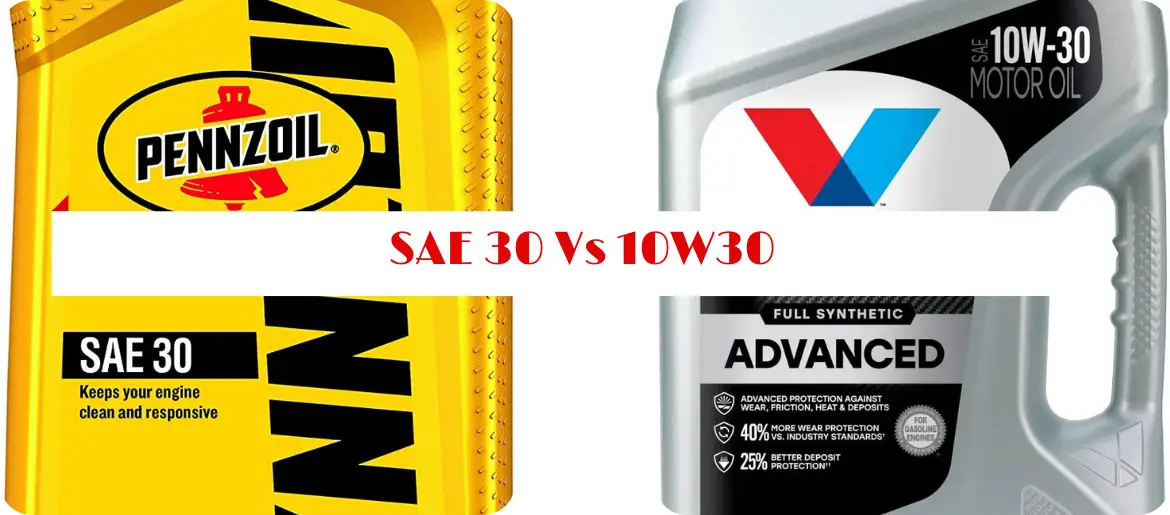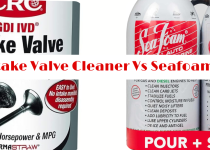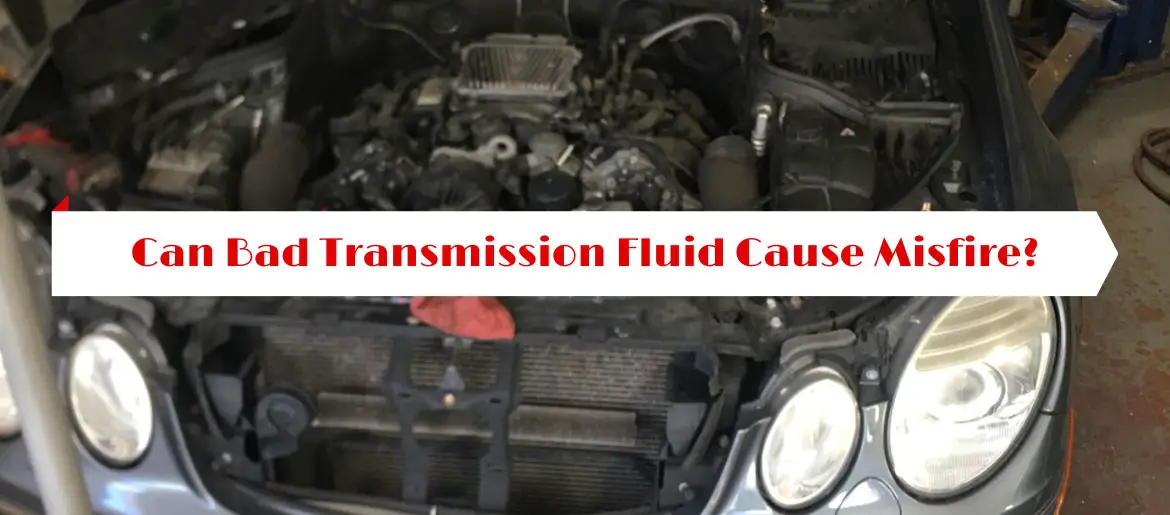SAE 30 Vs 10W30 | Is SAE 30 The Same As 10W30?
Reviewed By: Joses Peter
Do you have a small gas engine, like that in your lawn mower? If so, then you know the importance of using the right oil in order to keep it running smoothly. There are many different types of motor oil on the market, but what’s the difference between SAE 30 and 10W30? In this blog post, I’ll take a closer look at each oil and discuss its benefits of each.

What Is The SAE 30 Oil?
SAE 30 oil is a motor oil that is commonly used in small engines, like those found in lawn mowers. This oil is made of a blend of different oils, including petroleum-based oils and synthetic oils. The SAE 30 oil has a high viscosity, which means that it will stay thicker in cold temperatures than other types of motor oil. This is important because it means that the oil will be able to lubricate your engine better in cold weather.
The SAE 30 oil also has a high resistance to breakdown. This means that it will be able to withstand the high temperatures that are created by your engine. The SAE 30 oil is also a good choice for engines that are used in dusty conditions, like those found in agricultural equipment.
Characteristics and Benefits of SAE 30 Oil
- The SAE 30 oil has a high viscosity, which means that it will stay thicker in cold temperatures than other types of motor oil.
- This is important because it means that the oil will be able to lubricate your engine better in cold weather.
- The SAE 30 oil also has a high resistance to breakdown. This means that it will be able to withstand the high temperatures that are created by your engine.
- The SAE 30 oil is also a good choice for engines that are used in dusty conditions, like those found in agricultural equipment.
What Is 10W30?
Ten-weight, or 10W, motor oil is a lighter-weight oil that is used in vehicles that operate in higher temperatures. Thirty-weight, or 30W, motor oil is a thicker oil that is used in vehicles that operate in lower temperatures. The W in 10W30 stands for winter. The first number, 10, refers to the oil’s flow at 0 degrees Fahrenheit (-17.8 degrees Celsius). The second number, 30, refers to the oil’s flow at 212 degrees Fahrenheit (100 degrees Celsius).
Characteristics and Benefits of 10W30 Oil
10W30 oil is a type of motor oil that is commonly used in vehicles with gasoline engines. This oil is formulated to provide excellent engine protection and performance in a wide variety of operating conditions. 10W30 oil is also designed to help improve fuel economy.
Some of the key characteristics of 10W30 oil include:
- Excellent engine protection
- Helps improve fuel economy
- Wide variety of operating conditions
- Helps keep engines clean
- Good cold weather performance
Benefits of using 10W30 oil include:
- Improved engine protection
- Better fuel economy
- Cleaner engines
- Better cold weather performance
SAE 30 VS 10W30 | Detailed Comparison
There is a big debate between SAE 30 oil and 10W30 oil. SAE 30 oil is a thicker oil that is used in older engines.
10W30 oil is a thinner oil that is used in newer engines. The debate is over which oil is better for your engine. SAE 30 oil is a thicker oil and it will protect your engine better. It will also last longer.
10W30 oil is a thinner oil and it will not protect your engine as well. It will also not last as long.
So, which oil should you use? If you have an older engine, you should use SAE 30 oil. If you have a newer engine, you should use 10W30 oil.
Keep reading to know more differences and similarities between these two oils.
SAE 30 VS 10W30: Oil Grade
The two oil grades have different thicknesses. SAE 30 is a thinner oil, while 10W30 is a thicker oil. SAE 30 is better for warmer weather and light-duty use, while 10W30 is better for cold weather and heavy-duty use.
Both oil grades are made for different types of engines. SAE 30 is made for engines that don’t have to work as hard, such as lawnmowers. 10W30 is made for engines that have to work harder, such as trucks.
Which oil grade you use depends on what kind of engine you have and what the temperature is outside.
SAE 30 VS 10W30: Viscosity
The SAE 30 oil has a higher viscosity than the SAE 30 oil. This means that the SAE 30 oil will stay thicker in cold temperatures than the SAE 30 oil. This is important because it means that the oil will be able to lubricate your engine better in cold weather.
The SAE 30 oil also has a high resistance to breakdown. This means that it will be able to withstand the high temperatures that are created by your engine. The SAE 30 oil is also a good choice for engines that are used in dusty conditions, like those found in agricultural equipment.
The main difference between SAE 30 and 10W30 motor oil is viscosity. SAE 30 is a single-grade oil, meaning its viscosity is consistent regardless of temperature. 10W30, on the other hand, is a multi-grade oil, meaning its viscosity changes with temperature. At colder temperatures, 10W30 has a lower viscosity, making it easier for the engine to start. However, at higher temperatures, SAE 30 has a lower viscosity, making it better for engine protection.
SAE 30 VS 10W30: Density
The density of SAE 30 is 749.0 kg/m3 while the density of 10W30 is 733.0 kg/m3. SAE 30 is denser than 10W30. The density of a substance is a measure of the amount of matter in a given volume.
The denser a substance is, the more matter it contains in a given volume. SAE 30 is denser than 10W30, which means that it contains more matter in a given volume. This makes SAE 30 the better choice for applications where density is important.
Both SAE 30 and 10W30 are oils used in engines. SAE 30 is a heavier oil than 10W30 and is typically used in older engines. 10W30 is a lighter oil and is typically used in newer engines.
SAE 30 VS 10W30: Additives
The SAE 30 oil contains additives that help to improve the performance of your engine. The additives in the SAE 30 oil include Zinc, Phosphorus and Molybdenum.
The 10W30 oil also contains other additives that help to improve the performance of your engine. The other additives in the 10W30 oil include Calcium, Magnesium and Sodium.
SAE 30 VS 10W30: Working Temperature
When it comes to working temperature, SAE 30 is going to be the better option out of the two. This is because it has a higher viscosity, which means that it is better able to withstand higher temperatures before breaking down. 10W30, on the other hand, will start to break down at lower temperatures and will not be as effective.
So, if you are looking for an oil that can withstand higher temperatures, then SAE 30 is the better option. However, if you are looking for an oil that is more versatile and can be used in a wider range of temperatures, then 10W30 would be a better choice.
SAE 30 VS 10W30: Price
10W30 is typically a little bit more expensive than SAE 30 oil. However, the price difference is usually not very significant. 10W30 oil may be a better choice for some engines, depending on the climate and operating conditions.
Is SAE 30 The Same As 10w30
There is a big difference between SAE 30 and 10W30 motor oils. SAE 30 is a single-grade oil. That means it has the same viscosity, or thickness, at both low and high temperatures. 10W30 is a multigrade oil. It has two viscosity ratings. The first number, 10W, stands for its low-temperature viscosity. The W stands for winter. The second number, 30, is its high-temperature viscosity.
SAE 30 is a good choice for lawn mowers, tractors, and other equipment that operates in relatively warm temperatures. 10W30 is a better choice for vehicles that operate in a wider range of temperatures, including cold weather.
Both SAE 30 and 10W30 motor oils are made from petroleum. They also contain additives that improve their performance. These additives can include detergents, dispersants, and anti-wear agents.
Can I Use 10w30 Instead of SAE 30 in My Lawn Mower?
You can use 10w30 instead of SAE 30 in your lawn mower, but it is not recommended. 10w30 is a thinner oil and will not provide the same level of protection as SAE 30. Your lawn mower will also use more oil with 10W30, so you will need to check the oil level more often.
SAE 30 is the recommended oil for most lawn mowers. It is a thicker oil that provides better protection for the engine. It also does not need to be changed as often as 10W30.
If you do use 10W30 in your lawn mower, be sure to check the oil level more often and change it when needed.
In general, it is best to use the oil that is recommended by the manufacturer.
Final Words
The two oils are very similar, but SAE 30 is a bit thicker. This means that it will provide better protection in hot weather and high-performance applications.
So, if you live in a hot climate or you have a high-performance vehicle, SAE 30 oil is the better choice. However, if you live in a cold climate or you have a standard vehicle, 10W30 oil is a perfectly acceptable alternative.
In short, it all comes down to personal preference and your specific needs. Do you prefer SAE 30 oil or 10W30 oil? Let me know in the comments below!





